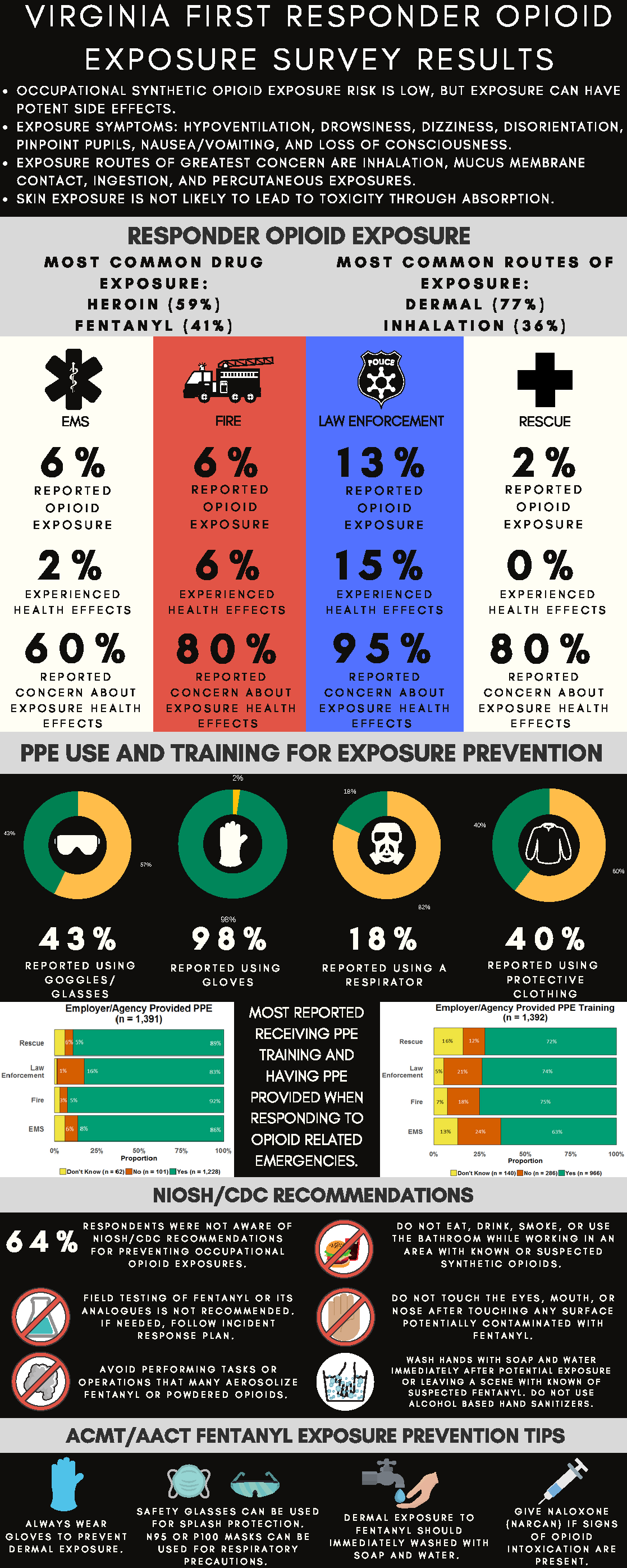Occupational Health
Work-related injury and illness can have a significant impact on workers, their families, employers, and society. The Council of State and Territorial Epidemiologist (CSTE) in association with the CDC’s National Institute of Occupational Safety and Health (NIOSH) has set forth 24 occupational health indicators (OHIs) to help measure work-related disease or injury and factors associated with workplace health hazards, exposures, or interventions. Using the most recent data available and following the guidelines set forth from the 2016 Occupational Health Indicators: A Guide for Tracking Occupational Health Conditions and Their Determinants, VDH generated a report for Virginia for the years 2005 to 2014. Of the 24 OHIs, Virginia currently has the capability to track and monitor 20 indicators.
Occupational Health
Indicator #1 Non-fatal Work-Related Injuries & Illnesses Reported by Employers
Indicator #2 Work-Related Hospitalizations
Indicator #3 Fatal Work-Related Injuries
Indicator #4 Work-Related Amputations With Days Away From Work Reported By Employers
Indicator #6 Hospitalizations for Work-Related Burns
Indicator #9 Hospitalizations From-With Pneumoconiosis
Indicator #10 Mortality From-With Pneumoconiosis
Indicator #11 Acute Work-Related Pesticide Poisonings Reported to Poison Control Centers
Indicator #12 Incidence of Malignant Mesothelioma, Ages 15+
Indicator #13 Elevated Blood Lead Levels (BLL) Among Adults
Indicator #14 Percentage of Workers Employed in Industries at High Risk for Occupational Morbidity
Indicator #17 Occupational Safety and Health Professionals
Indicator #18 OSHA Enforcement Activities
Indicator #19 Workers’ Compensation Awards
Indicator #20 Work-Related Low Back Disorder Hospitalizations
Indicator #21 Asthma Among Adults Caused or Made Worse By Work
Indicator #22 Work-Related Severe Traumatic Injury Hospitalizations
First Responder Opioid Exposure

